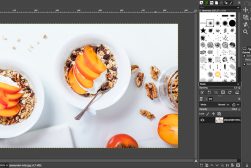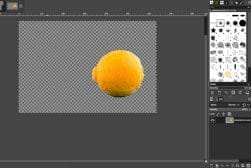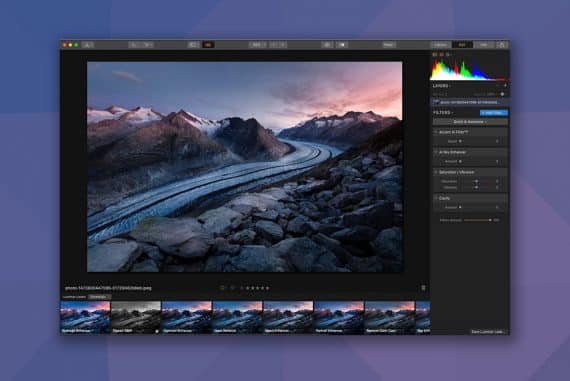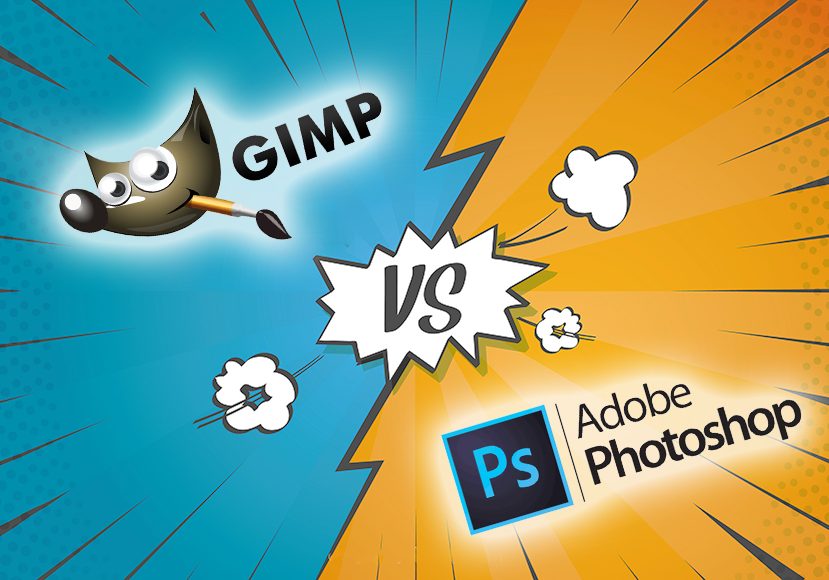
Gimp vs Photoshop – Why Pay to Edit Your Photos in 2024?
Find out the differences between GIMP and Photoshop in this must-read guide! Should you pay to edit your images with Photoshop... when GIMP is 100% free?!
GIMP | Learn | Photography Guides | By Andy Day
Shotkit may earn a commission on affiliate links. Learn more.
GIMP and Photoshop have been used by digital creators since the 90s, providing similar services but coming from two very different backgrounds.
Being professional and having the backing of a multi-billion dollar corporation, Photoshop is undoubtedly the better editing software, but GIMP manages to remain competitive and still offers a solid alternative for those who can’t justify the cost of Photoshop.

✓ Photoshop ✓ Lightroom ✓ Storage Space
Both photo editing apps include various tools and plug ins for amateur and professional photo editors, no matter their prior image manipulation program experience.
Is GIMP better than Photoshop? Does GIMP work like Photoshop? Is GIMP an alternative to Photoshop? Is GIMP good for editing photos?!
To answer these questions, we’ve hosted a GIMP vs Photoshop shootout.
Here’s an overview of how the two options compare in order to help you figure out which is the best fit for you and your image editing workflow.
Which is Best for You: GIMP vs Photoshop
The ethos behind GIMP and Photoshop could not be more different.
While Photoshop is much more powerful, GIMP still has enough features and tools to remain a solid choice when it comes to image editing.
If you’re looking for a free RAW photo editor, you’d be hard pushed to find better than GIMP.
Let’s take a closer look at how these two powerful software tools stack up against one another.
Tight Budget? Get GIMP

When it comes to cost, there’s no question about the winner.
While GIMP and its tools and plug ins are created and supported by a global team of developers who do it simply for the love, Photoshop is owned by the corporate behemoth that is Adobe.
As a result, GIMP is free to everyone and always has been, while Photoshop will cost you a monthly or yearly fee, and it’s definitely not cheap, especially for those from countries with poorer economies.
Adobe moved all of its extensive range of software over to a subscription model in 2013, making it impossible to buy a standalone copy of Photoshop for your computer.
Subscribing to an individual piece of software from Adobe costs a month, although, a little strangely, you can get Lightroom and Photoshop bundled together as part of Adobe’s “Creative Cloud Photography Plan” for a month.
While Photoshop was never cheap, and although $10 a month is the cheapest option from across Adobe’s range of software, many simply cannot justify the price of the subscription, especially if they plan to use the software infrequently. For anyone who’s not a hardened enthusiast or a professional, Photoshop simply isn’t an option.
This is where GIMP comes in. It doesn’t match Photoshop’s seemingly infinite tools and power, but it’s sufficient for anyone who needs to do some basic photo manipulation, such as retouching skin, resizing, or batch processing images.
You can also be confident that GIMP will never suddenly decide to start charging you money. It’s open-source and developed by coders who simply enjoy making free software.
Adobe’s pricing model has changed in the past and customers know that they might be subjected to price rise at any point, potentially without warning.
If you suddenly find yourself in a situation where you suddenly cannot afford to pay for Photoshop, you will no longer be able to use it, and if you have lots of files specific to the software, you might not be able to access them until you resume your subscription.
GIMP is free so you could download it, change the source code yourself, and then redistribute it. The enthusiasts and developers behind GIMP have no interest in making money from the software and that is never going to change.
Need professional software? Get Photoshop

GIMP vs Photoshop – basic tools may be similar, but for advanced options, Photoshop is number 1.
Photoshop is so deeply embedded in modern society that the name of the software itself has become a verb. Photoshop is ubiquitous, and Adobe has developed something of a monopoly.
How Much Do You REALLY Know About Photography?! 🤔
Test your photography knowledge with this quick quiz!
See how much you really know about photography...

Since it was founded in 1982, Adobe has established itself as the default option for digital creatives working professionally. Photoshop is no exception, and anyone looking for a job that uses imaging software will be expected to know how to use it.
The advantages for professionals are numerous: you’ll be using the same file formats, be able to pick up or pass off projects seamlessly, and you can be sure that your skills will always be relevant and applicable.
Furthermore, Adobe’s programs tend to work seamlessly with one another, with overlaps between programs such as Photoshop, Illustrator, and InDesign, not just in terms of functionality (such as layers and vectors) but also in terms of being able to move assets from one to another.
If you can justify the expense or if you plan to make digital manipulation part of your career, Photoshop is the obvious choice.
Need a basic tool? Get GIMP

If you want simple photo editing, GIMP is your answer.
Photoshop is huge. You can bet that the vast majority of users barely scrape the surface of what’s possible, with many barely going beyond some of its most basic features.
As a result, Photoshop can seem ludicrously complex, with menus, tools, filters, and features that go far beyond what the average hobbyist photographer might ever need. In short, there’s a significant learning curve.
If all you need is a little bit of basic retouching without having to be overwhelmed by complexity, GIMP is the better option.
Which is not to say that GIMP is lacking. You can stitch panoramas, batch process images, remove backgrounds. stack HDR photographs, and perform frequency separation in order to retouch skin.
You may need to seek out a few plugins to install for a few of these, but GIMP does surprisingly well given that it’s completely free and created purely by enthusiasts.
Need complexity? Get Photoshop
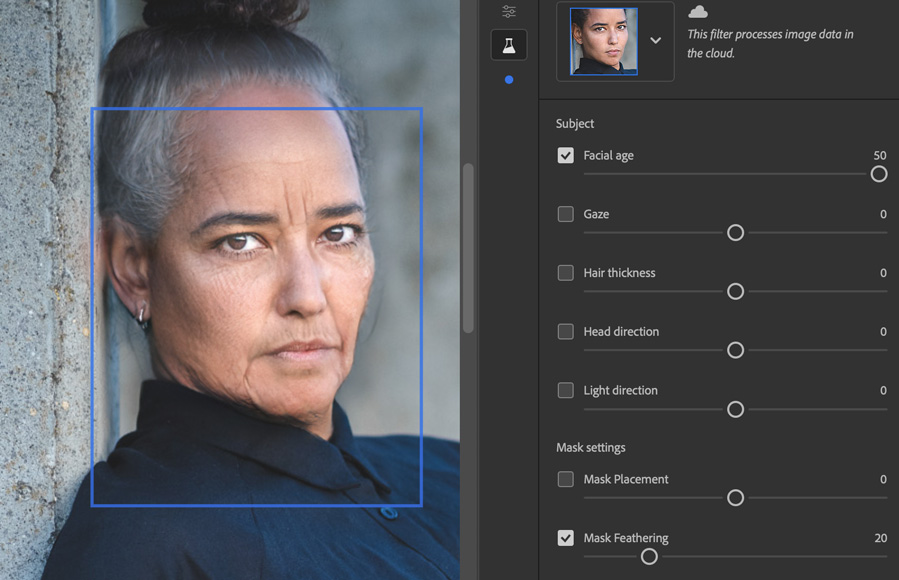
Using Photoshop can be tricky, but its tools offer powerful editing features.
Photoshop is the default option for professional photo retouching but it also offers complex tools for compositing and image manipulation.
Photoshop 2021 introduced AI-powered filters that intelligently understand when an image features a face and then allows you to change the size and shape of eyes, noses, lips and eyebrows with a mere handful of sliders.
The new neural filters introduced by Photoshop are remarkable. Drawing on a vast bank of images, neural filters feature sliders such as “Happiness,” “Anger,” and “Surprise,” as well as the option to make someone older by just dragging a mouse.
You can even turn a model’s head slightly!
Other neural filters include the ability to colorize a black and white photo for free with just one click (Photoshop “knows” how an image should look by comparing it with its examples in Adobe’s database). It can also smooth skin with just one click.
Adobe plans to add new neural filters which can be downloaded into Photoshop as they become available.
Need something lightweight? Get GIMP

Powerful tools make for a huge install with Photoshop. GIMP, on the other hand, is surprisingly lightweight.
Photoshop goes far beyond retouching photographs and simple vector graphics. By contrast to GIMP, Photoshop is a weighty piece of software, taking up a fair chunk of space on a hard drive and sucking up a vast amount of memory when in use.
For many users, Photoshop is overkill and it’s not unusual to hear complaints from long-term users that the software has become too bloated and with features that are completely irrelevant – one common issue is the error message: ‘Can’t open Photoshop: scratch disk is full’ – see here how to solve it.
By contrast, GIMP is comparatively lightweight, often firing up faster, and there isn’t a ton of irrelevant tools and menu options that can threaten to get in the way of completing basic tasks.
In addition, since GIMP doesn’t offer any complex AI-powered tools, it won’t require a lot of RAM (see: how much RAW does Photoshop need?)
Is GIMP safe to download? Of course it is :-) Check out the system requirements and supported operating systems on the homepage.
Need non-destructive editing? Get Photoshop
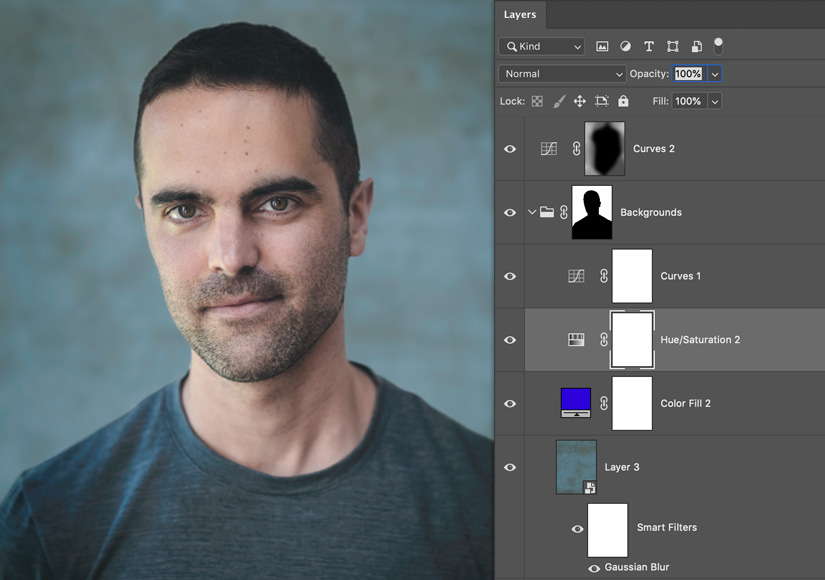
Features like non-destructive editing are essential for web design and graphic design image retouching.
This is perhaps one of Photoshop’s biggest advantages over GIMP: the ability to edit non-destructively.
For example, both Photoshop and GIMP give you the option to edit an image through curves. In Photoshop, you create a new curves layer and at any point during the editing process, you can edit that layer or even delete it completely and remove the changes.
By contrast, making the same changes using GIMP’s tools is destructive: once you hit “OK” those changes are made. You can hit “Undo” but there’s no way of returning to that curves dialogue to tweak your changes, and once you’re further on in your editing, or once you’ve closed the image or restarted GIMP, there’s no going back.
Non-destructive editing makes Photoshop far more powerful than GIMP when it comes to detailed, complex edits, even though GIMP has a layers system that works in pretty much the same way as Photoshop.
There are ways to get around GIMP’s limitations but they tend to create more work and have certain limitations.
If you’re used to working non-destructively with Photoshop’s layers, moving across to GIMP might feel very restrictive as a result.
That said, there are rumours that non-destructive editing is coming to GIMP in the near future which would be a dramatic development in the program’s history.
Need to edit on more than two computers? Get GIMP
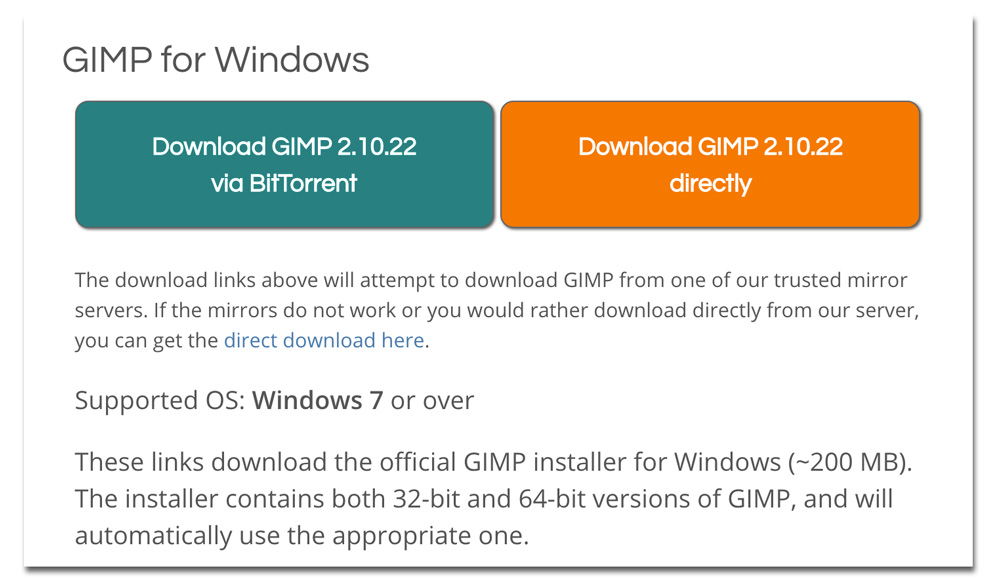
Photoshop vs GIMP – multi-computer users have to spend a lot more if they need to use Adobe.
While EA and Steam have figured out ways to follow users between multiple computers, Adobe only allows you to install Photoshop on a maximum of two machines.
If you have three computers on which you’d like to edit photographs, GIMP is the way to go.
Need to edit raw files? Get Photoshop or GIMP — sort of

Shooting your photographs in raw format gives you much more flexibility when it comes to processing your images, but neither Photoshop nor GIMP edits raw files itself.
The workflow can get a bit complex. If you’re editing a one-off raw file in Photoshop, it will actually fire up Adobe Camera Raw, a separate engine for processing a raw file, and then bring those changes back into Photoshop.
If you’re editing a large number of raw files, you’re more likely to use software that’s specifically designed to handle them such as Lightroom or Capture One. Moving from either of these programs into Photoshop is a relatively seamless experience.
Similarly, there are a couple of free Lightroom counterparts that you could pair with GIMP, such as RawTherapee (review) or Dark Table. Like GIMP, these are completely free and supported by coders who enjoy creating accessible software.
There are other free raw editors available, but Raw Therapee and Dark Table are the two that best integrate with GIMP.
Both of these will allow you to open a one-off raw file so that you can then edit it in GIMP. They are also very capable alternatives to Lightroom if you have a large catalogue of raw files that you need to process that also integrate nicely.
Need something portable? Get GIMP

No need to install onto your operating system | Credit: Sara Kurfeß
This is much less of a factor given the shift to the cloud, the profusion of photo editing tablets, and the fact that laptops are now much more powerful, but having the option to run GIMP from a pen drive makes it a wonderfully portable option should you need it.
If you’re sitting down at a computer that’s not yours, you can always have GIMP at hand should you suddenly find yourself having to edit an image.
Want to join a community of like-minded people who appreciate free image editors? Get GIMP
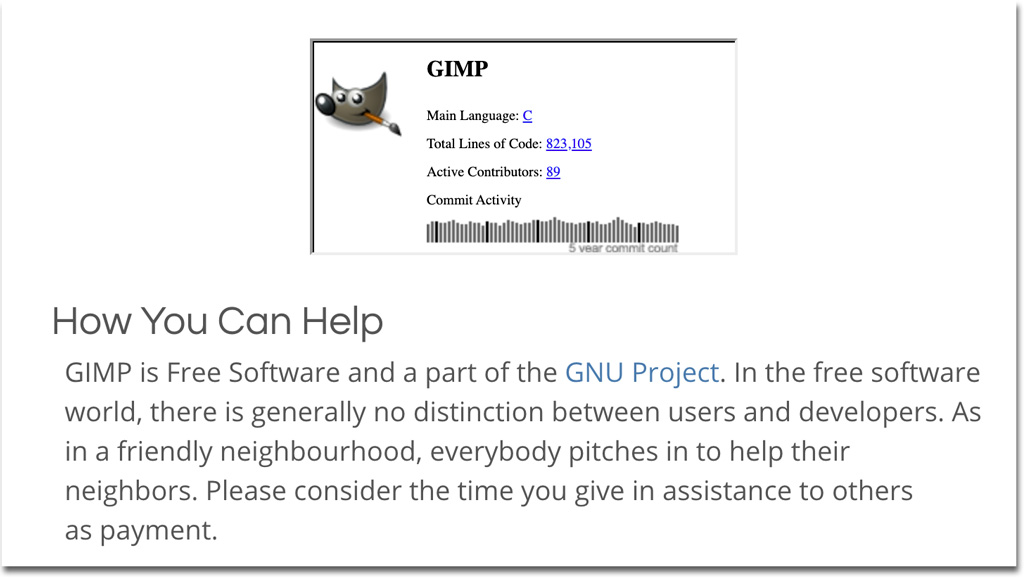
The plug in repository may be missing, but there’s still a huge community of helpful users and open source code developers.
The GIMP community is global and if you want to contribute to the open source program, there is a team that you can join via the GIMP website. There are plenty of tasks currently available, and coding is not necessarily a prerequisite as there is a need for translation, tutorial creation, and testing.
Currently, there are around 90 people working on developing the software, creating new features and refining the more than 800,000 existing lines of code.
As the website explains, “In the free software world, there is generally no distinction between users and developers. As in a friendly neighbourhood, everybody pitches in to help their neighbors.”
Probably the easiest way to reach out is to track down the community on IRC (Internet Relay Chat). Join #gimp on irc.gimp.org. If you have basic questions about GIMP functionality, be sure to check out #gimp-users.
Running Linux? Get GIMP
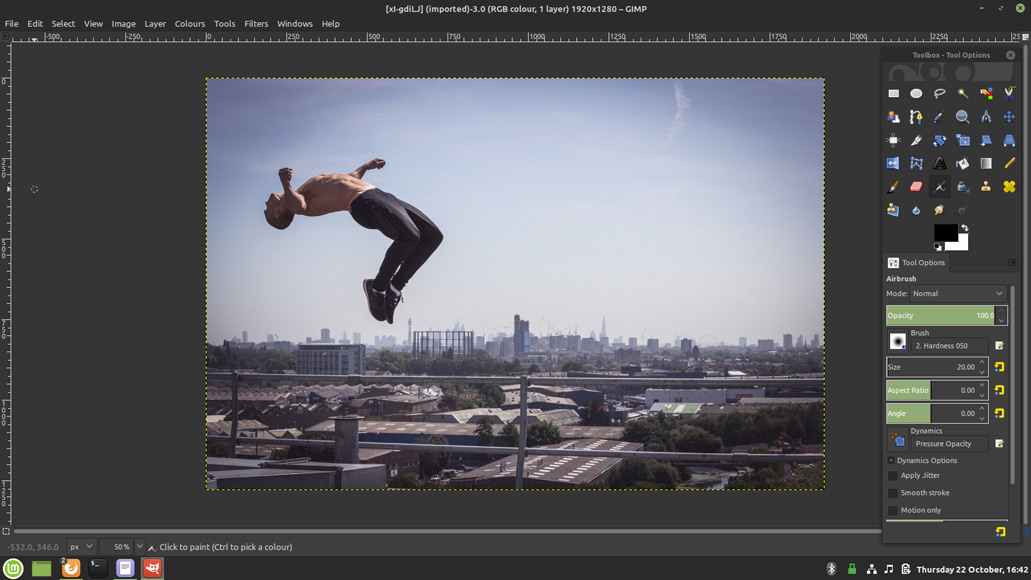
Adobe products are designed for Mac and Windows machines and while there are workarounds for those who want to make Photoshop run on Linux, Adobe’s subscription model has made it more of a challenge in recent years.
Using Wine seems to be no longer possible. Furthermore, virtual machines such as Virtual Box or QEMU tend to suck up a lot of RAM and you might struggle when it comes to GPU acceleration.
You may be able to get Photoshop working on Linux but it will be a clunky experience and the time and effort involved might make you wish you’d simply dual-booted into Windows and gone from there.
By contrast, GIMP grew up on Linux and shares the same ethos.
Need to export CMYK files for printing? Get Photoshop
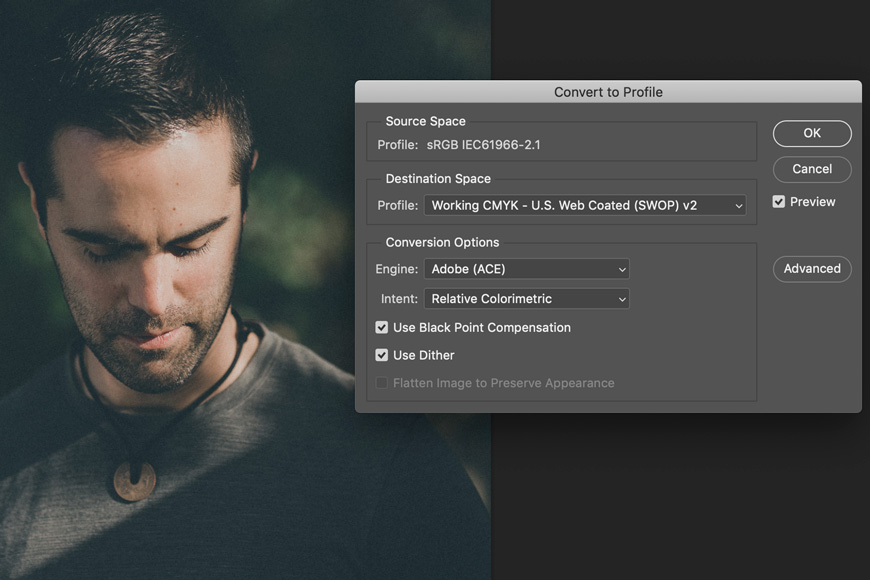
Unfortunately, GIMP doesn’t fully offer CMYK support so if you’re preparing files to send to a printer, use Photoshop to create PSD files with optimum color reproduction.
That said, there’s less need for CMYK these days. Your average photo lab will be fine with RGB files, and even photobook printers tend not to require CMYK files.
Need to edit on a tablet or smartphone? Get Photoshop
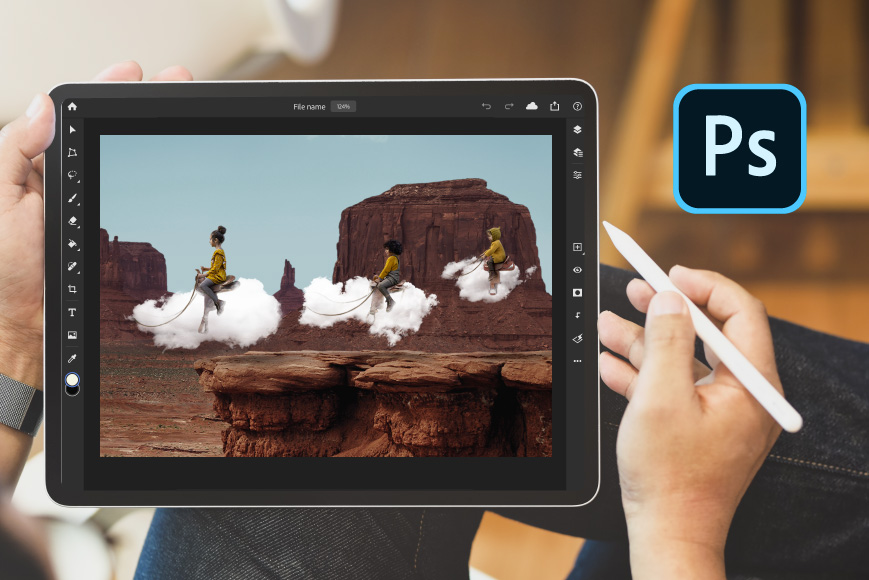
Credit: Adobe website
It took a while for Adobe to create a mobile version of Photoshop but the fact it exists is a big advantage over GIMP.
If you want to edit images on the go, Adobe actually offers users a choice of four apps depending on what you’re trying to achieve. Adobe Photoshop Express is great for basic tweaks while Adobe Photoshop Fix is geared more towards retouching.
Adobe products take advantage of Adobe Creative Cloud (aka Photoshop CC) which means that files automatically save across multiple devices.
Need to use plugins? Get Photoshop… or GIMP
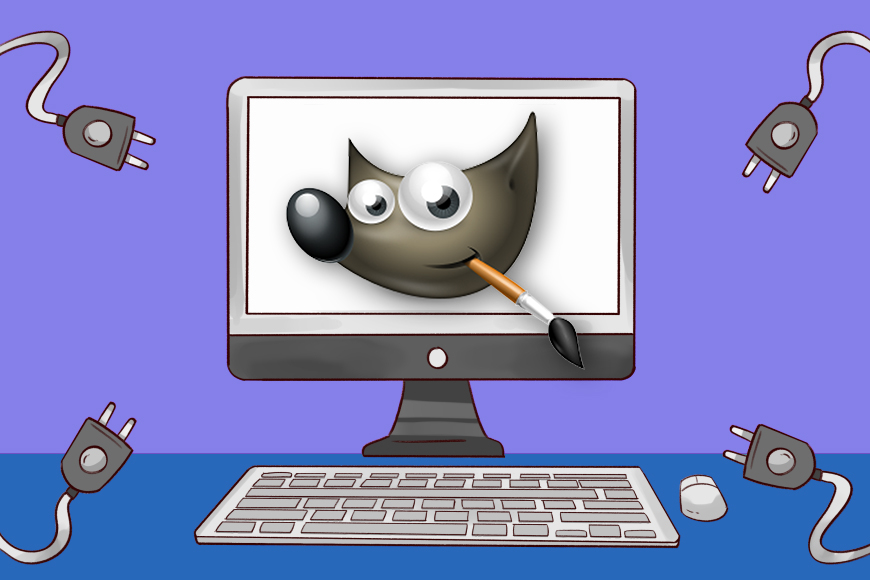
GIMP does offer plug ins, but far fewer than Photoshop.
Although there are still some great GIMP plugins available here in 2024, Photoshop plugins are much more abundant.
If you search hard enough, you can even find some great free Photoshop plugins, but the ones that allow you to save the most amount of time with special effects and advanced editing work are all premium (paid) options.
Free GIMP plugins are also available, which can help with color correction, file format alteration, healing tools, and even social media image creation.
Using a less powerful machine? Get GIMP
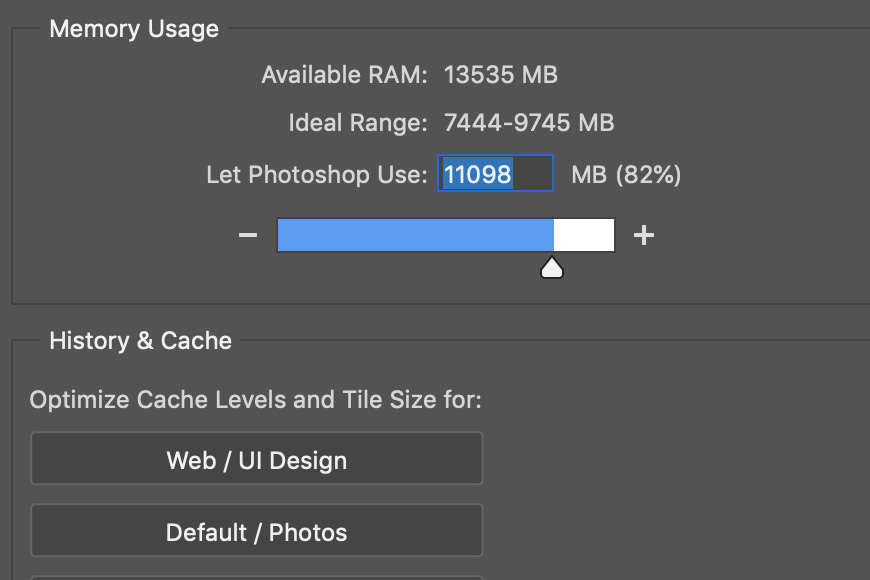
Photoshop is a resource-heavy piece of software and machines with older processors or limited amounts of ram often struggle, especially when you venture beyond basic tasks.
By contrast, GIMP puts relatively little strain on your machine. If you’re concerned that your ageing computer might not be able to withstand the strains placed upon it by the latest version of Photoshop, GIMP is the way to go.
Need cutting edge software? Get Photoshop
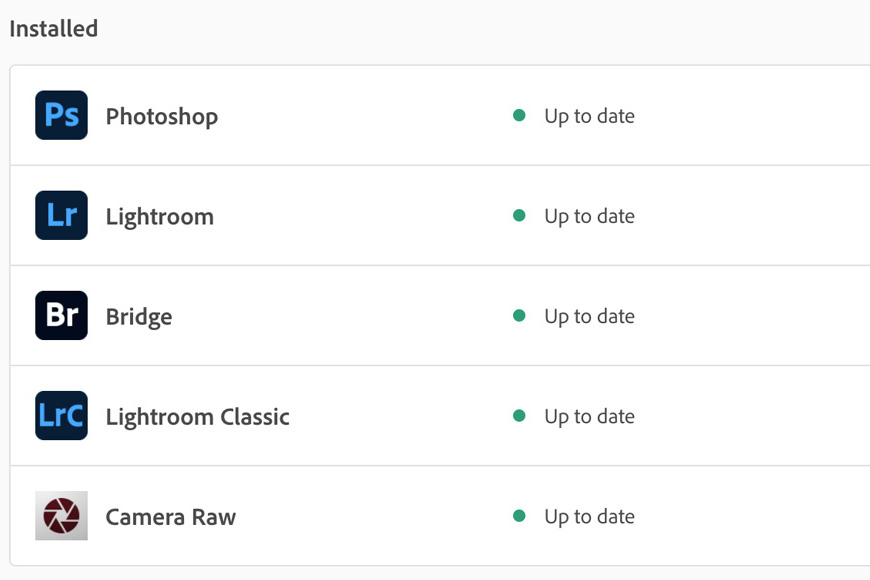
Adobe releases updates to Photoshop every couple of months meaning that customers constantly benefit from a dedicated team of developers who are striving to ensure that Photoshop is always at the cutting edge of image manipulation software.
It also means that the software is always being monitored for security flaws, with patches released almost immediately after they have been identified.
When Adobe switched to its Saas (Software as a Service) model, customers gained the advantage of always having the latest software, rather than buying a version of Photoshop outright and then having to decide whether pay all over again in order to upgrade.
Some Adobe customers are critical of these regular updates claiming that they are presented as significant upgrades but in reality, tend to offer only incremental improvements.
Critics suggest that the updates are psychological hooks to give customers the feeling that they are missing out if they are not always using the latest and greatest software available.
While GIMP is also updated frequently, it’s not with the same intensity as Photoshop. In addition, developers are understandably interested in specific projects that bring new features, rather than ironing out bugs or refining the rough edges when it comes to existing functionality.
As for whether GIMP can be used as a free alternative to Adobe Illustrator, check out this guide.
Gimp vs Photoshop FAQs
Is Gimp as good as Photoshop?
Both programs have their advantages, but it’s a case of ‘you get what you pay for’: Adobe Photoshop is simply the more powerful photo editor. It offers a better user interface, greater precision, and a more complete set of features.
Do professionals use Gimp?
While Gimp is good enough for some level of professional work, it can’t compete with Photoshop on print colour spaces and high-level retouching. So, no – professionals generally do not use Gimp but use Photoshop or other paid software.
Is Gimp good for beginners?
Yes. Gimp is great for beginners because it has a simpler set of features.
Is Gimp the best free alternative to Photoshop?
Gimp is an established and well-supported open-source alternative to Adobe PS. It’s certainly one of the best – if not the best – free Photoshop alternative out there.
Gimp vs Photoshop – Final Words
Perhaps because of its slightly less polished user interface, many assume that GIMP doesn’t fare well when compared to Photoshop, but if you’re trying to perform basic photo editing and retouching tasks, it’s more than capable.
It lacks some of Photoshop’s more showy features such as neural filters and sky replacement, but for many photographers, these are more gimmicks than useful tools, and GIMP is sufficient for the vast majority of tasks.
Photoshop brings professionalism and power, and with it comes a price tag. Choosing between the two will largely depend on your budget, but whichever you choose, it’s unlikely that you’ll be disappointed.
If you have any questions about GIMP vs Photoshop, feel free to drop them in the comments below.

Check out these 8 essential tools to help you succeed as a professional photographer.
Includes limited-time discounts.






